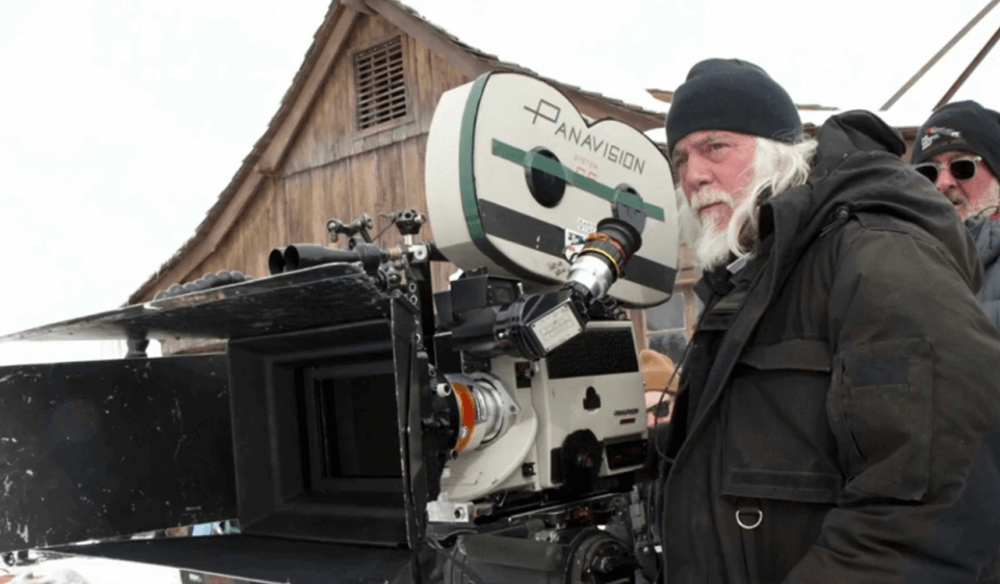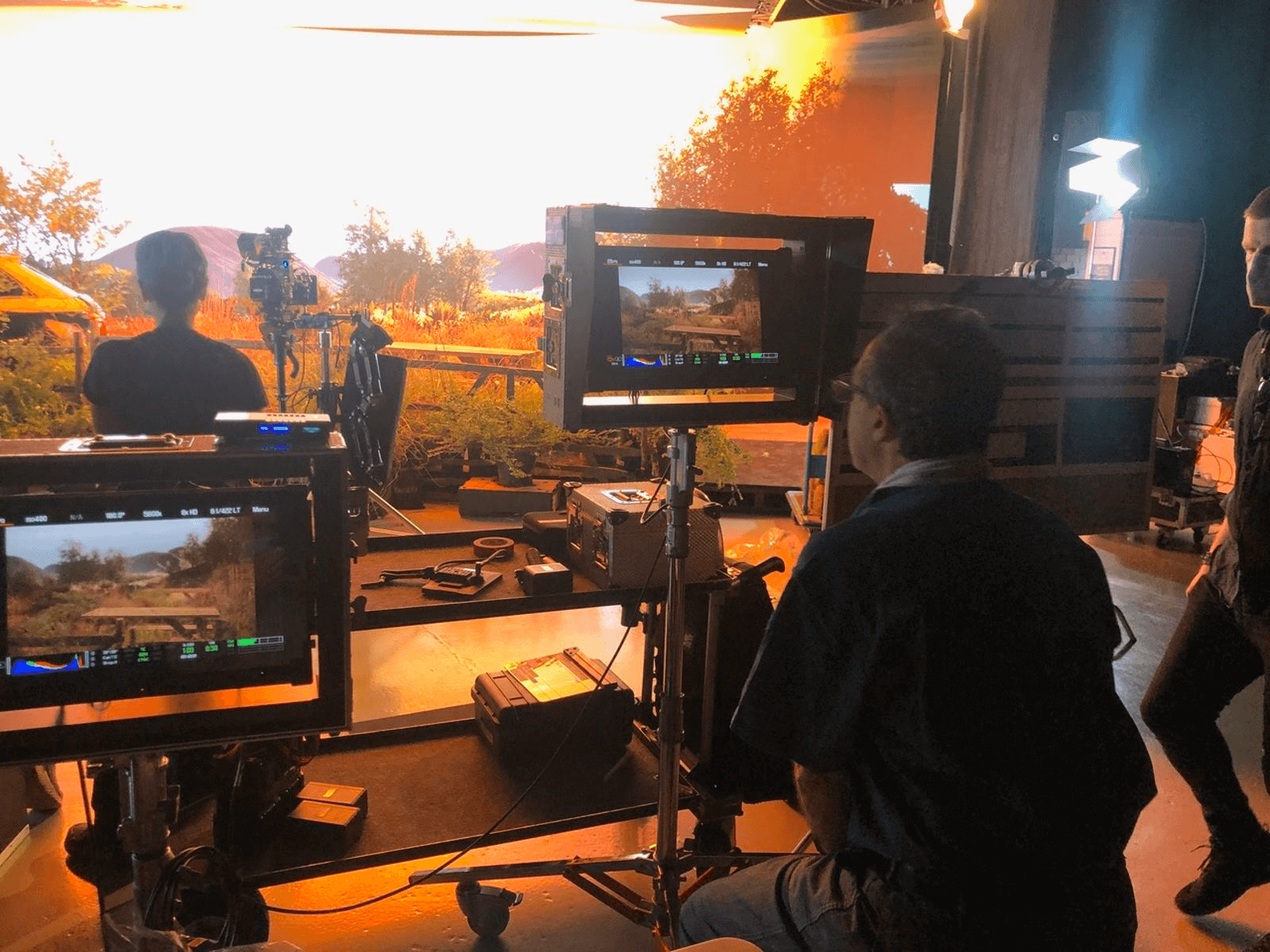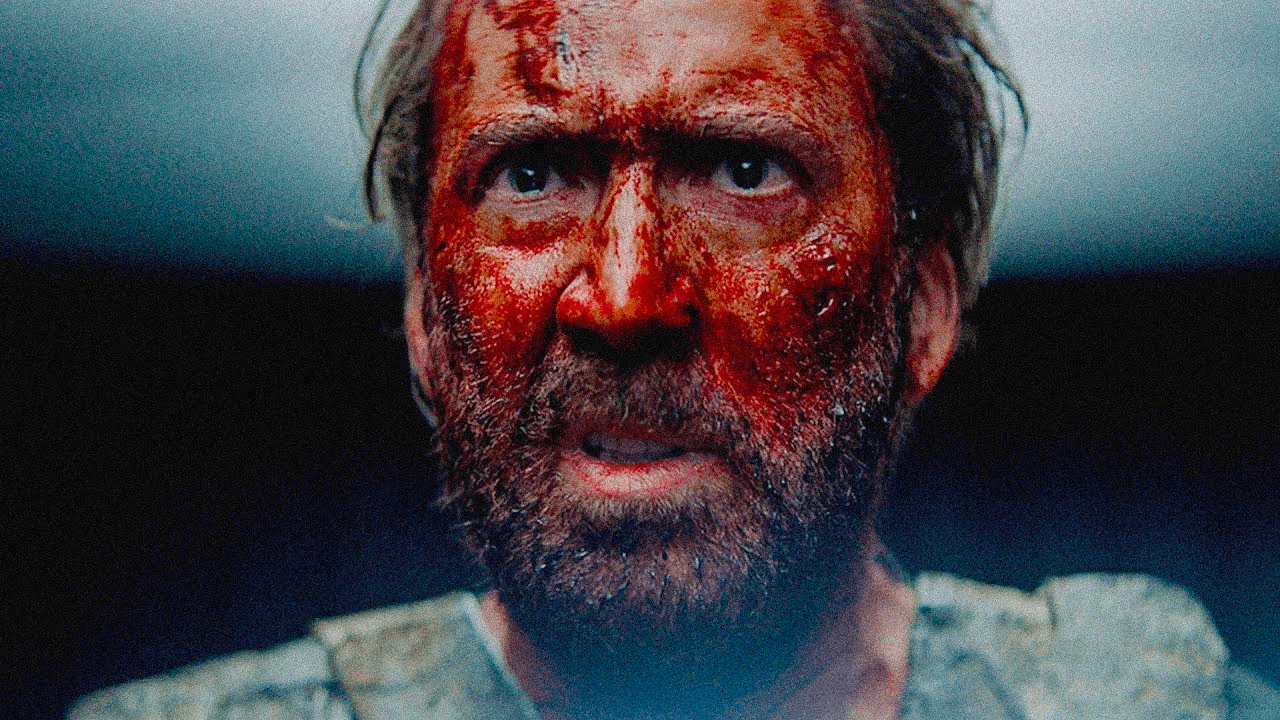The origins of cinema are rooted to the use of film cinematography — that is the use of film stock to record and project a movie. All of that changed, however, with the introduction of digital cinematography. What is digital cinematography and how does it compare to film? Let’s dive into digital film production.
What is Digital Cinematography in Filmmaking?
First, let’s define digital cinematography
Before we dive into comparisons between digital and film, let’s look at the digital cinematography definition and history.
DIGITAL CINEMATOGRAPHY DEFINITION
What is digital cinematography?
Digital cinematography is the technique of photographing motion pictures as digital images. As opposed to film cinematography which uses film stock to capture light, digital cinematography utilizes a digital sensor within a camera that captures light. These images are then stored onto a tape or digital files. The advent of digital cinematography can be traced back as early as the 1980s with Sony marketing “electronic cinematography.” However, for decades after the technology was available, filmmakers still opted for the then superior quality technology of film.
It was not until the early 2000s that more mainstream filmmakers began using digital cameras. Filmmakers such as George Lucas, Robert Rodriguez, and James Cameron began using digital cameras and opening up the topic of their legitimacy in cinema. Arguably, the true turning point for digital cinematography occurred when Anthony Dod Mantle won the Oscar for Best Cinematography in 2009 for Slumdog Millionaire.
Notable films shot digitally:
- Dune (2021)
- Avatar (2009)
- Hugo (2011)
- Skyfall (2012)
What is Digital Cinematography in Film?
How does digital cinematography work?
The technology of digital cinematography differs from film cinematography in two primary ways: capture and storage. Film cinematography utilizes film stock to both capture the light of an image and the final image is also stored on that film stock. Below you can see iconic cinematographer Robert Richardson next to a film camera with a film stock magazine attached to it.

Robert Richardson from the set of ‘The Hateful Eight’
Digital cinematography uses, you guessed it, digital technology to capture and store images. To capture motion pictures, digital cameras utilize a digital sensor. A digital sensor captures light and converts the impression of that light on the sensor into signals that create a digital image.

What is digital cinematography • Digital camera sensor
Once the image is converted from light into signals, the digital image is stored on a digital device such as tape, SD cards, optical discs, or hard disk drives. These files of the moving images or video captured can be saved onto other digital file based hardware or uploaded into an editing software.
Related Posts
Digital Filmmaking Pros
Film vs Digital cinematography
The argument between film and digital cinematography has been relevant for decades. Many heavyweights in the industry have polarizing opinions of which is better.
In fact, one of the most iconic auteur directors, Quentin Tarantino, swears by the importance of the use of film in cinema. However, one of the best cinematographers in history, Roger Deakins, stands by digital cinematography as the superior technology.
Quentin Tarantino and Roger Deakins Polarizing Opinions on Film VS Digital
So what is the difference between film and digital cinematography? Let’s take a look at a few of the most substantial differences.
Dynamic range
When comparing the cinema grade, high-end digital cameras versus modern film stocks, film has a larger dynamic range. Particularly when it comes to details within shadows and highlights, film retains more information.
Digital cameras, even the best, tend to lose detail that cannot be recaptured in the highlights of an image. To see the true visual differences between film and digital cinematography, check out the video below by Artlist.
Film Vs Digital in 2021 • Can you tell the difference?
Predictability/Playback
For some cinematographers, one of the best advantages to digital cinematography is the ability to playback or see the image you are shooting in real time. Adjustments can be made immediately and there is no need to wait for the image to develop to see if you got the shot you envisioned.

What is Digital Cinematography • Playback
Texture
One of the most characteristic qualities of film is the film grain that some film stocks have. Many directors love the quality of film grain within a picture. This is, of course, a stylistic preference. The digital equivalent, while not the same, is digital noise. Noise can also add texture to a digital image.
Below is a still from Mandy, which added textures you can see in the halo around the subject's head.

Mandy (2018) • Noise & Grain
Cost
When it comes to cost, film cameras are much less expensive than digital cameras. However, to be able to shoot film cameras and create a movie, you will need film stock. And once you shoot on that film stock you will need to get it developed. Film stock and developing are both quite expensive. The editing process of film can often entail additional costs as well.
Digital cinematography, however, is much less expensive when it comes to secondary costs after the purchase or rental of a camera. While the rental or purchase of digital cameras can be expensive, the process of editing, transferring files, and uploading a finished film requires spending less money.
So what is better between digital and film cinematography? The answer — it depends. Tarantino’s love for film is anchored by its tie to the history of cinema. To put it short, the ‘magic’ he describes that comes with shooting on film is largely a tradition of a craft.
However, famed cinematographers like Roger Deakins lean into the innovation and practicality that comes with digital filmmaking. While there are cases to be made for both, it ultimately ends up being a preference of the filmmaker.
Up Next
When Were Movies Invented?
Before digital cinema, there was of course the original, film cinematography. Interested in learning more about the origins of filmmaking? Check out our next article.
Up Next: The Birth of Cinema →
Showcase your vision with elegant shot lists and storyboards.
Create robust and customizable shot lists. Upload images to make storyboards and slideshows.
